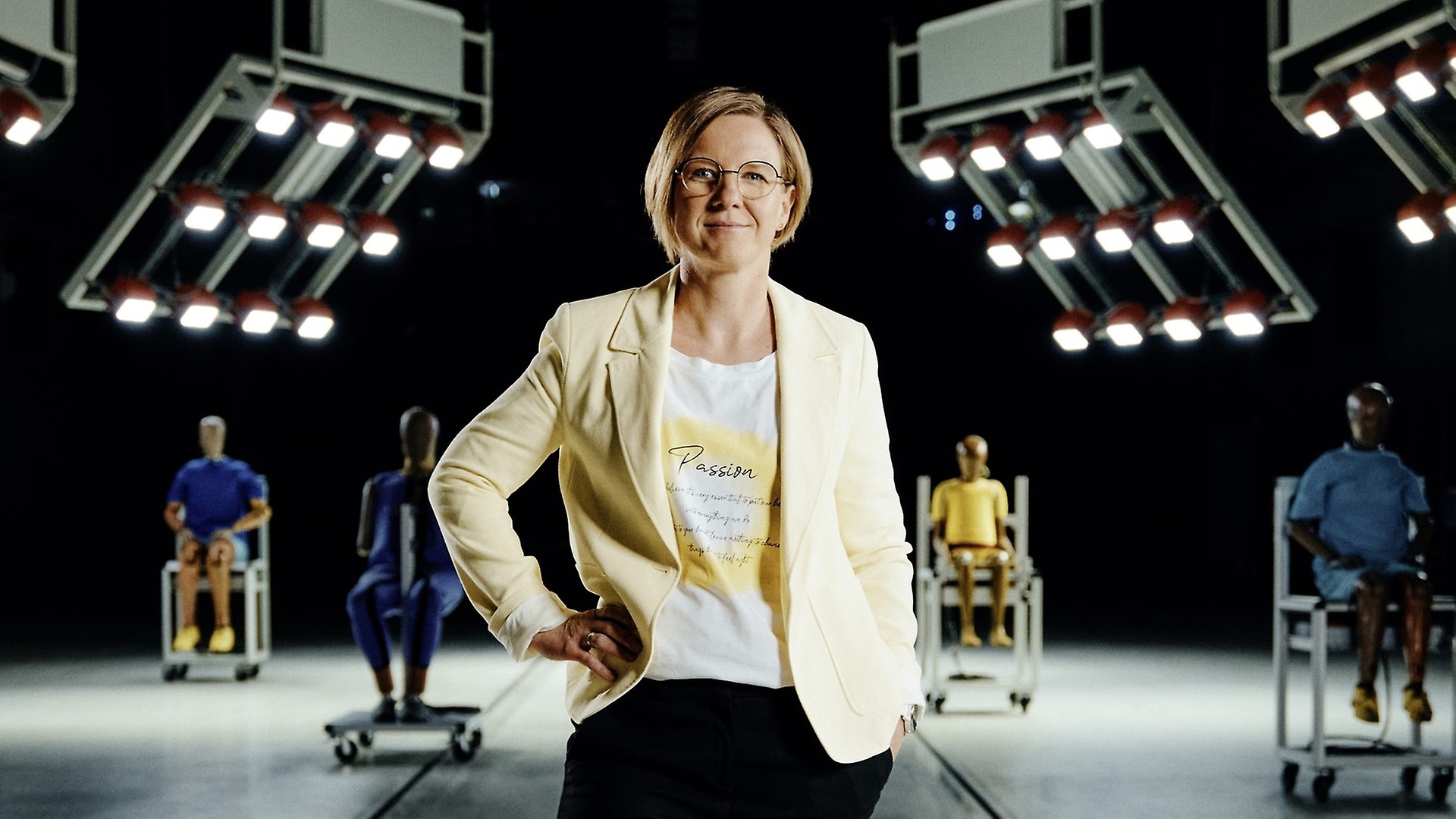Hanna Paul: We don’t see that happening. It is true that calculating kinematics and deformation can significantly reduce the number of whole vehicle tests and speed up development at the same time. However, there are several reasons why there is no way around vehicle crash testing: On the one hand, crash tests are necessary to validate simulations, which are based on many assumptions. On the other hand, they are required by law or ratings. In whole vehicle tests, sensors can be used to get the best picture of how a crash develops and the dummies behave during it.
Occupant simulations merely calculate how a dummy would behave in a vehicle. Mercedes-Benz is also working on so-called human body models (HBMs), which are designed to represent human anatomy – bones, muscles and organs – in even greater detail. Compared to dummies, using HBMs in crash tests allows researchers to assess the actual type of injury that a particular part of the body is likely to suffer, rather than simply calculating the probability of injury severity. We use HBMs, among other uses, to evaluate our innovative restraint systems such as PRE-SAFE® Impulse Side.
,xPosition=0,yPosition=0.5)





,xPosition=0.5,yPosition=0)